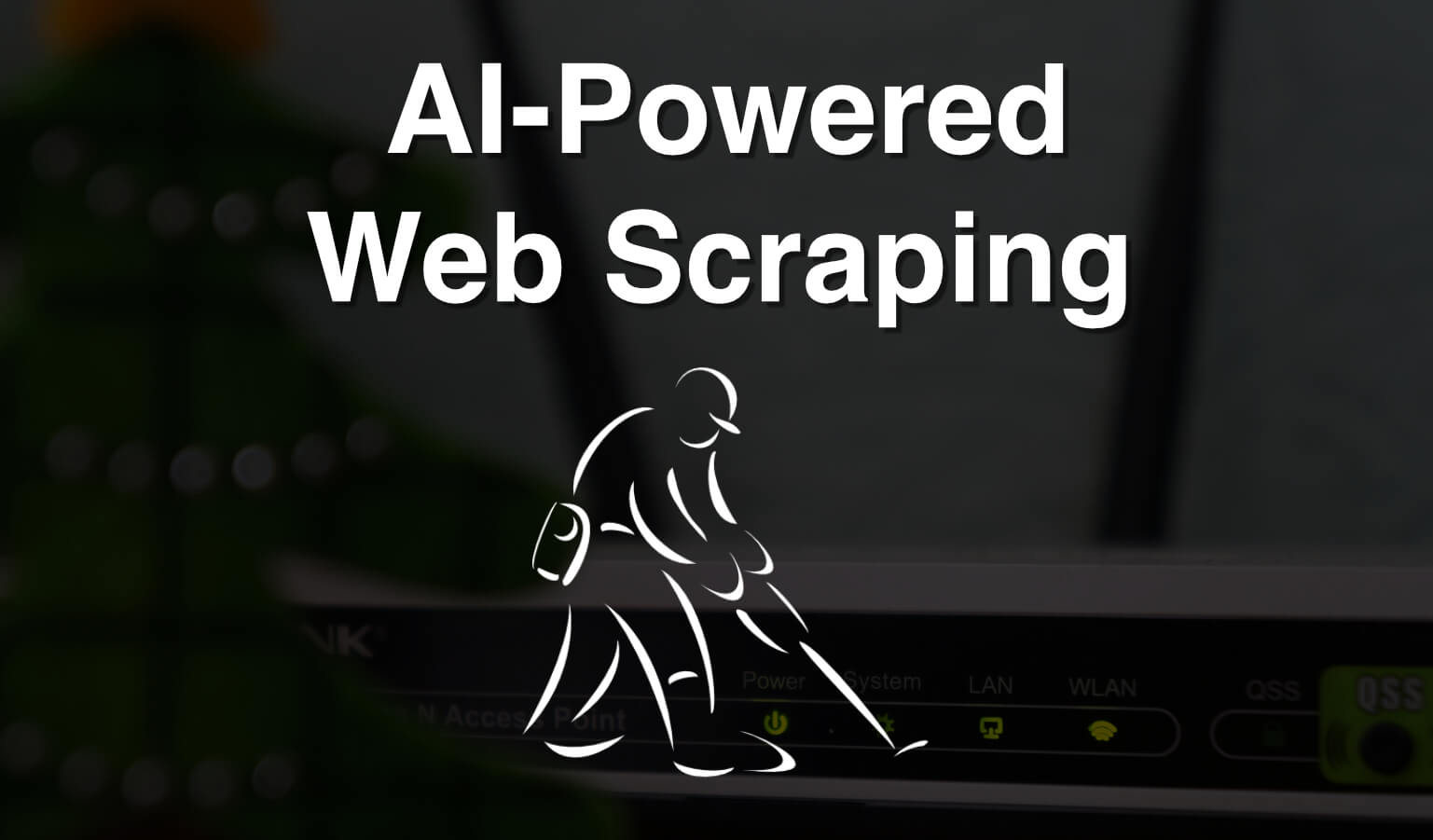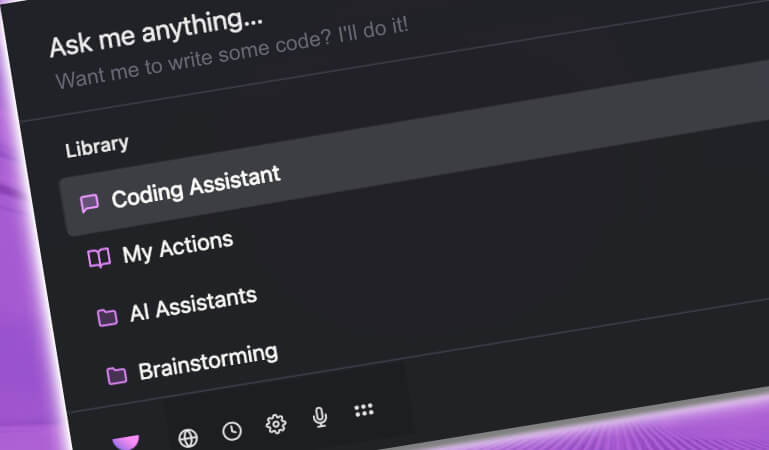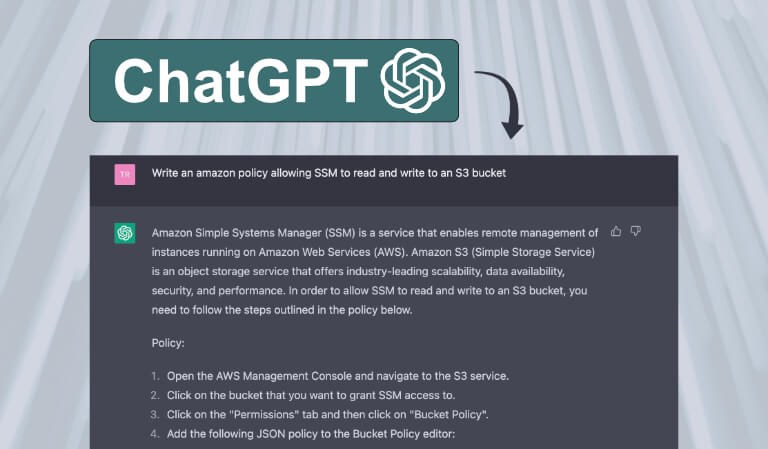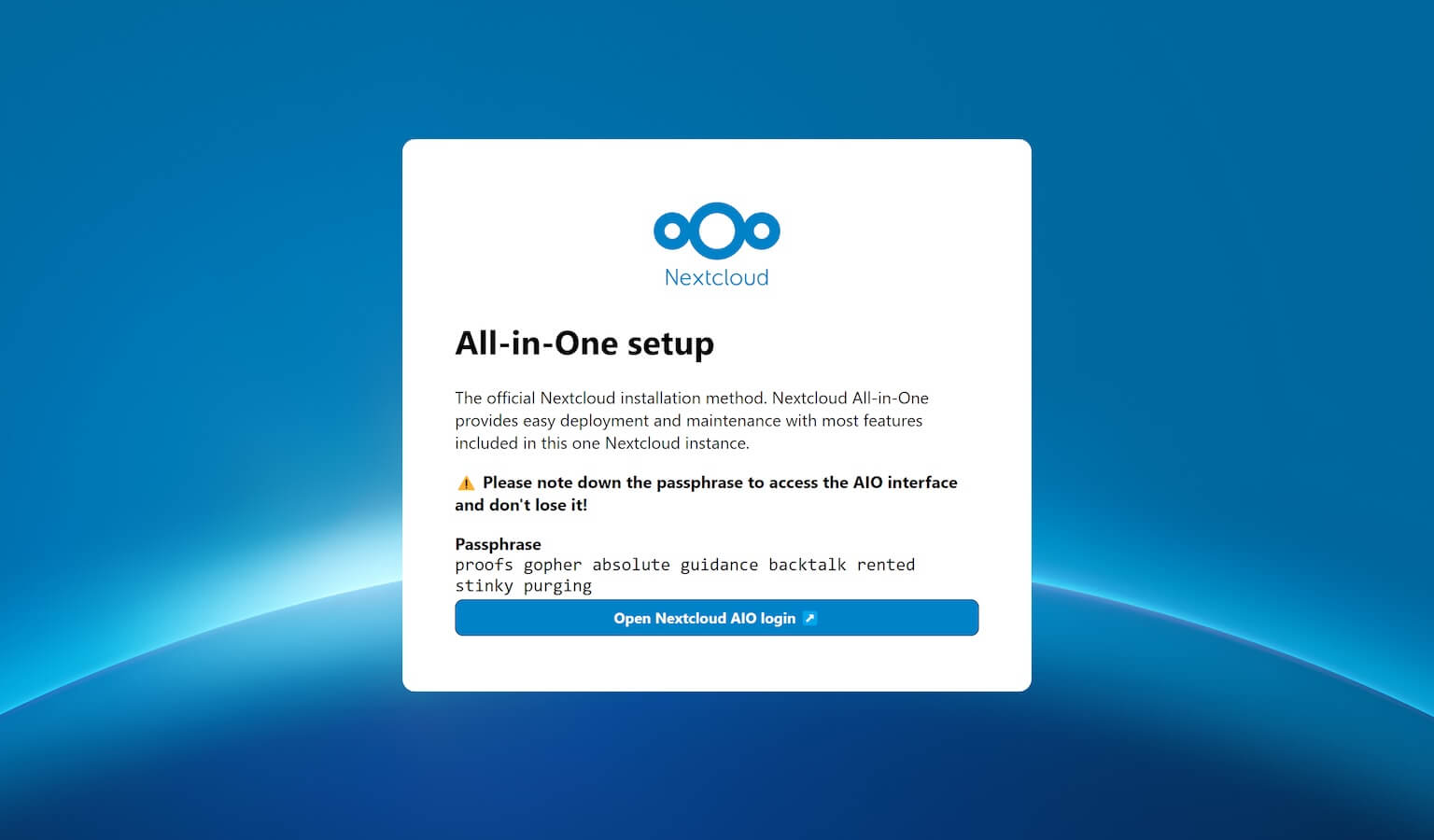· Travis Rodgers · Artificial Intelligence · 19 min read
ChatGPT Code Interpreter plugin! | What do we do now?
In this post, we’ll discuss Code Interpreter, ChatGPT, and how it could impact new and current programmers, software engineers, and data analysts.
Specifically, we’ll
- Talk about Code Interpreter and see how it works
- Talk about ChatGPT Plus and why it’s worth the $20/month
- Talk about the current state of AI and where I think its heading
- Talk about what will happen to our jobs and how YOU can get ahead and stay ahead
- Talk about how specifically to learn AI programming
- And more
Let’s go!
Watch the Video? Audio?
Before we get started, if you prefer video, give this a whirl.
Or audio? Here, consume it:
{{< audio “17rxvWEy3y2mnoBFkC6dzHkdj9O2Sw7GU” >}}
Mentioned recommendations:
- Open AI Getting Started
- OpenAI Projects
- Zero To Mastery LLM Course
- Udemy Next.js OpenAI Course
- Packt Publishing Book
Otherwise, continue reading.
Code Interpreter is here. What do we do now?
Intro
What’s up, everybody? It’s Travis here from Travis.Media.
Today we’re talking about Code Interpreter, the new chatGPT plugin that everybody’s talking about.
Now, this came out like a week ago. I’m late to the game here. I’m like number 5 million on the video list and blog post list, but I’ve taken some time to give it some thought on what I think is going on and where I think the industry’s heading.
I want to talk about that, but I’m gonna push it back to the latter half of the video because I want to go over code interpreter briefly and talk about a few things related to that. So let’s get started.
What is Code Interpreter
So you can read all about codeinterpreter on openai.com/blog/chatgpt-plugins. You’ll see a section on it here.
It’s still in alpha.
So, Code Interpreter is a chatGPT plugin that allows you to upload your own files or your own data. So that’s the difference. You can upload and download here. And it has a built in Python interpreter that’ll run functions on that data and analyze it and will produce files for you to download based on the calculations.
So that definition alone tells you this is big in data analytics.
It doesn’t do a lot for me specifically with programming, but as far as data analytics and businesses with data that want to analyze it, it’s a really neat thing. It’s really powerful.
So the model has a working Python interpreter in what they call a sandboxed firewalled execution environment with ephemeral disk space. So you upload something, it does calculations, it’s all in this sandboxed firewalled container, and it has ephemeral disk space, and it all stays persistent for the duration of the chat.
Enable Code Interpreter
Now, to enable Code Interpreter, you just go to settings and beta features and cut on plugins and Code Interpreter. Now, side note here, let me talk about pricing for a minute. You do need ChatGPT plus.
Go get ChatGPT Plus
So ChatGPT Plus, as you see here, gives you general access to ChatGPT even during peak times, faster response times, and priority access to new features and improvements, which includes code interpreter.
So I finally started forking out the $20 a month this past month, and I’m going to continue to do so because I find it well worth it. I use ChatGPT a lot. It helps me with my productivity in my daily workflow in new features like this in the plugins and all of that.
I think it’s worth it.
I’m going to spend the $20 somewhere else. I might as well put it to use in something to help me out. So you need ChatGPT Plus to use Code Interpreter, and you just enable it with those two features turn on plugins, turn on Code Interpreter.
Code Interpreter Demo
Then when you come to this screen, you can choose GPT 3.5 or GPT-4 to use Code Interpreter. You choose GPT-4 and code interpreter here.
And you’ll see, when you do that, you get this plus symbol which allows you to upload files. Now, what I’m going to do is I went to Kaggle. Let me see Kaggle.com. So Kaggle has a whole bunch of data sets you can play with, really solid data set.
So I found the stack overflow 2022 Developer Survey and I downloaded it. And I’m going to show you how it works with that.
Now, there’s a lot you can do with this code interpreter, and I’m sure you’ve seen many examples out there. Everybody’s tweeting about it. Examples are everywhere.
I’m going to show you a simple one. So I’m going to upload this. And this file is like 100 megabytes. It was 74,000 rows. So I cut it down to just 25 rows to show you an example and to make this faster.
So when you see the percentages and stuff, it’s not going to be right compared to the actual survey, but this is just an example. So I’m going to come here, choose code interpreter. Then I’m going to upload this file. So survey results, public small. I’m going to upload that, and I can say, let’s say, analyze this data for me and give me the first ten column names. Let’s see what it says.
So again, there’s a Python interpreter, and it’s going to actually run Python code and give me some results. So what it did was it gave me the first ten column names, and it’s going to give me a glimpse of the first few rows, which I don’t really need, but hey, I’ll take it.
And if you actually look at this data, like the Learn Code Online column, it’s just a poll of like, where people learned to code online. So let’s ask it to give us a percentage of all the places people learned to code online based on this data.
So, again, this is a sandboxed environment. This data is persistent until I end this chat. So let’s paste this. Give me a percentage breakdown of the Learn Code Online column. So it’s going to tell me the percentage of each place that people chose to learn to code based on the choices they were given. So let’s run that.
So here’s the percentage breakdown. So technical documentation is 15% stack overflow 13 blogs, 13 written tutorials, ten neat. So I don’t have to go in and write Python code to pull this data. I can just tell it to give me the data and it’ll write the Python code and execute it for me. And finally, I can tell it to create a pie chart based on this data. And that’s, I think, the power of it.
All Python Packages That Come With Code Interpreter
So if you look at this tweet, this guy listed out the complete list of Python packages that come with the code interpreter, like, already usable. I know you can’t see this, but there’s lots of packages here that you can utilize.
And so if you want to do charts, if you want to build graphs, if you want to do visualizations. If you want to predict things, you can do it. I’ve fed it the data. I can now tell it to do things for me based on these 300 packages. And I think you can even tell it to install packages. It can’t reach out and grab it, but you can upload the package. I saw something on it earlier, but I didn’t look into it too much. But there’s just like, endless things you can do here.
More Examples
So I can say, show me this data in a pie graph, and it’ll create the pie graph. And you can click Show Work to see what it’s doing. It’s using matplotlib to generate this graph.
If I go back up here and show what it did, it did some other code, and then I can come up here and see what it did here. And it used Pandas to give me the first ten columns and to create a table. So that’s what it’s doing.
It’s running Python. But yeah, here’s the percentage breakdown.
And then I can say, export this graph in an Excel spreadsheet, and that’s the other half of it. It will allow you to download the results.
So I’ve saved the percentage breakdown and the pie chart as separate files. So it went out of the way. It gave me the percentages and the pie chart as two separate files. Since I can’t directly embed files into Excel spreadsheets, I’ll give you instructions on how to do it manually. So it created two CSVs, and I can just insert it in Excel. So that’s great.
What if I say, give me some really neat visualization of this or of these percentages. Let’s see what it does. Let’s see what it’s working on. It’s using seaborne.
So it gave me a horizontal bar plot of this data. And I’m keeping this really simple. Again, if you go check out the examples that people are doing, it’s really amazing. It really does a good job with this.
What does this mean for us?
But we all see the big elephant in the room here, and we’re all talking about it. What does this mean for us? Or what does this mean for data analysts? But in the bigger scheme, as ChatGPT gets more powerful, or GPT-4 gets more powerful, and people make more things, and it does more intricate things, what does this mean for us? Developers, software engineers, data analysts? That’s what I want to dedicate the rest of the video to.
It's a junior programmer!
Check out this quote by OpenAI. We would like our models to be able to use their programming skills to provide a much more natural interface to most fundamental capabilities of their computers.
OpenAI says, having access to a very eager junior programmer working at the speed of your fingertips can make completely new webflows effortless and efficient, as well as open the benefits of programming to new audiences.
So you heard it having access to a very eager junior programmer, that’s kind of what they’re getting at here.
If you’re doing a lot of programming and you get this tool that sits beside you for you to speed things up for you to 5x, 10x your work, it’s like having another junior programmer. And if GPT is the junior programmer, then we don’t need the other junior programmer.
That cost us money. That’s the big question. That’s the predicament people are having.
My AI Predictions and Thoughts
So what do we do? Here are my thoughts. What we think is having this tool is going to like 5X, a developer, let’s say it 5x is a developer. He’s able or she’s able to do the amount of work five times as fast, meaning they can get rid of five people. I’m one developer, these other five, we don’t need them because I’m doing a 5x. Now that I have this tool, that’s the surface level thinking.
That’s what we’re all worried about. But I don’t think that’s going to be the case, and here’s why.
So from 2000 and on, we’ve had all this technological advancement. We’re slowly going up, we’re slowly advancing and making new technology, and every once in a while we hit these big bumps in technology.
I think 2023, with this AI craze going on right now, we’re going up and up and up, and right now we’ve jumped up a level really quick. And I think in the future years we’re going to look back on this year and say, man, things really changed in 2023. I’m not trying to get all Alex Jones on you here, but I think this is a big year and I think we’re going to look back before this year and say, man, we were doing it in a really inefficient way. Here’s an example.
Think about Google search. We can look at it now and feel like, man, that’s really primitive compared to what we have with ChatGPT. And in a couple of years we’re going to be like, how did we even do that? How did we even use Google like that?
We get a bunch of search results and we have to sort through it and find out what’s good and what’s bad. But with ChatGPT, it just gives me all the data I need, specifically from all of those resources, and I don’t have to sift through any of it.
And I was thinking the other day, and I know this wouldn’t work because of Tokens and the time it takes to generate a post, but I feel like you could even on a blog, just list titles. Like, I have a new blog title, that’s it, I don’t have to come up with your content. And then when someone visits it, they’re like, oh, that’s a neat blog, and they click on it. When they click on it, it generates the blog, right? Like, you don’t even have to write it, you just have to list blog titles on your blog.
And if people want to read them, they click on it and it’ll generate the thing for them. And they can read that. Now, of course, I know that’s jumping way ahead. There’s a lot of loopholes with that, but I’m just giving you ideas.
I feel like in a couple of years, we’re going to look back, like, we look back on flip phones or hard drives, DVDs, things like this, and think, wow, we’ve come a long way from that. That’s the year we’re in. Like, why even write the blog post?
AI is Here to Stay
But 2023 brought a huge AI craze. There’s ChatGPT, GPT-4, and everything surrounding that databricks just spent like 1.2 billion on their acquisition.
Microsoft has spent a ton of money and actually just laid off 300 people, which is probably due to spending all of that money or getting rid of people so they can spend more money on AI.
There’s Google, there’s salesforce, there’s Oracle. Everybody’s getting into AI, spending a lot of money on AI. Microsoft has Bard, Google has Gemini, and it’s here to stay. AI is here to stay. This year went and we’re going to look back and see it.
What about our jobs?
Now. What does this have to do with us and our jobs? Well, here’s the thing.
If a data analyst can 5x with this tool, that means they can work five times as fast, meaning new innovations are going to happen. With all of this AI help, they’re going to do things faster. And the goals these visionaries have are going to be reached quicker.
And what I think is going to happen is that new opportunities are going to surface, like jobs and new titles and things that we just haven’t thought of yet. Think about a prompt engineer. A couple of years ago, I didn’t know what a prompt engineer was.
Maybe that’s an old thing and I just don’t know it. But in the context of AI, it’s the new Craze.
But I think when you give people this new superpower, they’re going to create new sectors in the industry that we haven’t thought of yet, and new findings and opportunities will come out of this.
And those opportunities will require programmers, data analysts, and all of the people that currently exist. It’s just going to level us all up. And the demand will be there for all of those new opportunities and will keep the need for us programmers and software engineers and data analysts.
But there’s one catch to it. First, you have to be able to code. You have to understand how this stuff works. Many of you are already on that path.
My recommendation is to stay on it. This industry isn’t going anywhere. It’s shifting. It’s like expanding into this new arena, but it’s not going anywhere. There’s still code to be written. Not everybody’s doing AI. Even the AI applications are not all AI. They’re code.
There’s websites, there’s apps that are still running, there’s apps that will be built that will still need programmers. So if you’re learning to code or you’re just new into coding, you landed your first job. Stay with it. The industry is still booming. It’s going to continue to boom. You’re in the right place.
But the second part of this, and the most important part, is you got to understand how AI works. If you’re just learning to code, or if you’re already coding and you don’t understand AI, you’re behind.
And you don’t have to get that deep into it. Just understand how AI works. Understand how language models work on the Surface. You don’t need to know the statistics and the math and all the stuff that goes into it. Just keep up on a surface level, how it works in the latest trends and things going on in AI. No programming. Keep up with AI and you’ll do well.
Learning AI is not optional!
You can disagree whether it’s a dangerous thing or if it’s gotten out of control, but it’s not optional.
You can’t just opt out of AI completely. Then you’ll get left behind. Then your job will be gone, and you’ll be back at your construction job by the weekend.
How to learn AI Programming and Costs
If you go to platform.openai.com, which is where ChatGPT is, and you log in, go up to your name up here, go to Manage Account and API keys, create an API key, then go to Documentation and go down here to Libraries under Getting Started and build something.
So you got a Python library, you got a Node JS library. Or you can choose from any of these languages and frameworks down here, c, Sharp, Net, and all of these languages. Build something. It’s very simple.
If you just use Python, Install OpenAI and just do this much, you’ll have a good understanding of how it works. Now, I know you’re thinking like, don’t I have to pay for that? And the answer is yes, but very little. Here’s the deal with that.
So you get a number of credits that expire. Once you run out those credits, you can’t use the API anymore. But the API is as simple as just putting $5 on it. So if you go to billing and usage limits, I put $5 on mine. So I have a hard limit and a soft limit when I reach $3.
So you put money on it, and at the end of the month, it charges you based on how much you’ve used it. And the prices are ridiculous. Like, look at this GPT 3.5 Turbo 1000 Tokens is $0.0015. So unless you have an app running and you have hundreds of people using it, you’re not going to spend much money at all. So again, I put $5 on it and I set a soft limit. Hey, at $3, email me and alert me, and then when you get to $5, cut me off. API won’t work anymore.
So you can put $5 on it and then have it. So when you reach that $5, it stops working and you can see here I’ve only reached four cent, so it’s really cheap. But that’s what you got to do. You just need to spend an hour one day or one weekend working through some of this documentation.
Just go to Documentation, go to libraries if you like, node JS. Check that out, open up the GitHub page, figure out how it works, make some requests, create a prompt from your app, maybe build a UI, whatever you want to do after that, maybe go to tutorials and build a website. Q and A with embeddings with python. Just follow this tutorial and just get a surface level of how AI works.
So that when you see the next innovation. Because you know, Microsoft, these big companies, they got really smart people that are coming up with things we haven’t even thought about, or at least I haven’t thought about. And when it comes out, you’re going to be blown away.
But if you keep up with this stuff, you’re going to be in the game. And with your programming skills, you’re going to still be in the game. And when new opportunities come up, you’re going to still be in the game.
Other Options to Learn AI
Now, some other examples. You can go to Zero to Mastery and take this course.ChatGPT and Large Language Models a Practical Guide. It’s really good. And Zero to Mastery in general is just the best. Their courses are awesome. They have tons of courses. They’re always updated, and this is no exception. There’s also Udemy. There’s also Pact Publishing.
I’ll put some links below of what I think are good courses to take. And like I said, you don’t have to go learning statistics and calculus and all this stuff. Just get a surface level programmers understanding of AI, where it is currently.
Conclusion
But in summary, if this data can be evaluated quicker and open up the road for new innovations, those innovations will fill the gaps for any jobs that we think AI is going to take.
Now, what are those innovations? What do they consist of? I don’t know. But I bet you by the end of this year there will be a lot to look back on.
What do you think?
Where do you think AI is going?
Are you up to speed on AI?
Do you think it’s going to take our jobs? Are you afraid?
Let me know down in the comments. I’d love to have a good discussion there.



